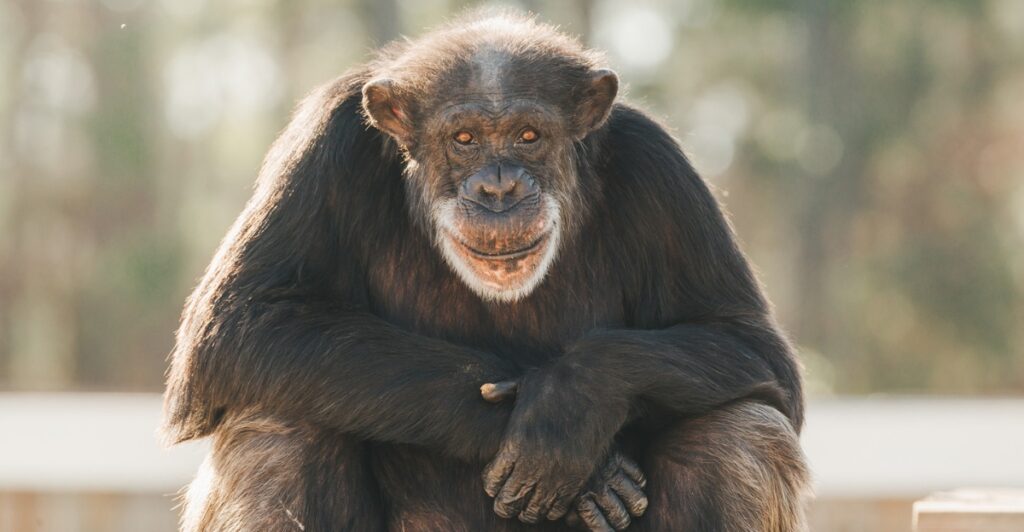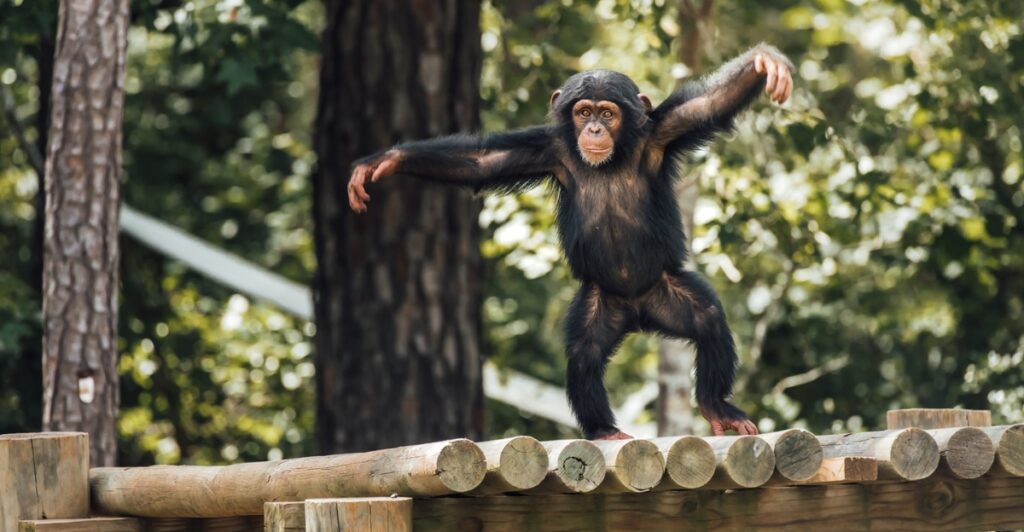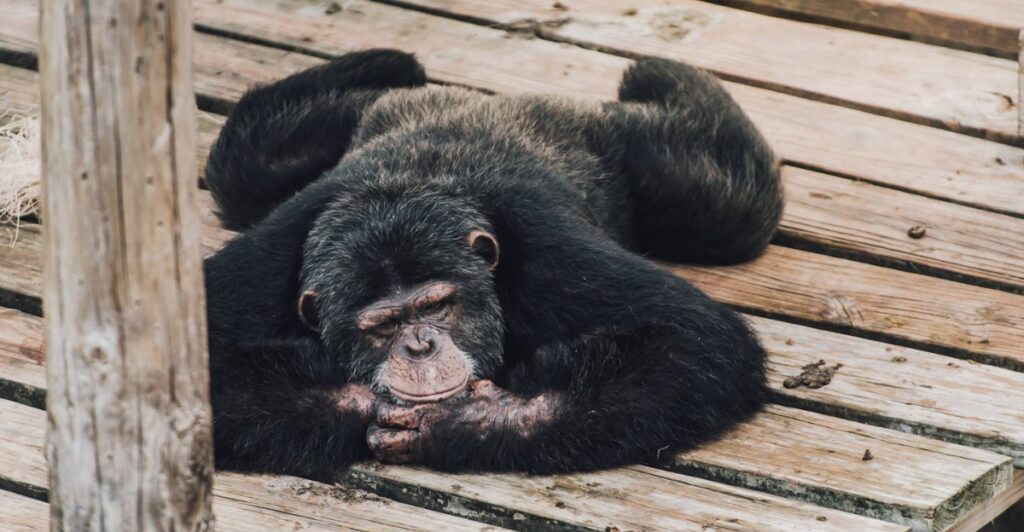
After years of advocacy and legal battles, nearly two dozen retired research chimpanzees from the Alamogordo Primate Facility in New Mexico will soon move to the lush, forested sanctuary of Chimp Haven in Louisiana. This transfer marks a significant victory for animal welfare groups, who have long pushed for these animals to experience a life of peace and care after decades of service to biomedical research.
A Long Time Coming
The 23 chimpanzees, ranging in age from 34 to 62, were retired from research in 2015 when the National Institutes of Health (NIH) ended invasive testing on chimps because of ethical considerations. While over 200 chimps had been transferred to Chimp Haven in the years since, this particular group was deemed too frail to be relocated due to chronic health conditions like cardiovascular disease and diabetes. Their care continued at the Alamogordo facility, a remote base with specialized staff who ensured the chimps’ well-being.

The decision to relocate the chimps comes as the facility faces a looming staffing crisis. The NIH announced that many caregivers at Alamogordo plan to retire by July 2025, leaving the facility unable to guarantee the animals’ continued care. “Recruitment and training of new staff has proven difficult due to the specialized nature of the work and the remote location,” the NIH stated. This pressing issue finally tipped the scales in favor of relocation.
A Home Fit for Retirement
Chimp Haven, located on 200 acres of forested Louisiana land, is a federally supported sanctuary that provides retired research chimps with an environment mimicking their natural habitat. Since its establishment in 2005, the sanctuary has cared for hundreds of chimpanzees, offering them opportunities to climb trees, form social groups, and live with dignity. Despite the sanctuary being near capacity, its leadership is committed to expanding its facilities to accommodate the new arrivals.
“We firmly believe that Chimp Haven is the best place for retired chimps to live out their lives,” said Rana Smith, Chimp Haven’s president. The expansion project is expected to cost $4 million, with funding to be sourced from private supporters.

Legal and Ethical Pressure
The move to Chimp Haven is the culmination of years of legal challenges and pressure from animal rights groups. Organizations like the Humane Society of the United States and Animal Protection New Mexico have long argued that the NIH had a legal obligation under the Chimpanzee Health Improvement, Maintenance, and Protection (CHIMP) Act to retire these animals to a sanctuary.
In 2021, these groups sued the NIH, accusing the agency of unlawfully refusing to relocate the chimps due to their health conditions. While a federal judge ruled in 2022 that the NIH’s refusal violated the law, the ruling stopped short of mandating the relocation. Instead, the decision left the timing up to the NIH. Advocates credit the lawsuit and public pressure for the NIH’s eventual decision to proceed with the move.

“These deserving chimpanzees have endured so much for so long,” said Elizabeth Jennings, executive director of Animal Protection New Mexico. “Their arrival in the sanctuary will represent the completion of the federal government’s obligation and commitment to their retirement.”
The Challenges Ahead
Relocating the chimps will not be simple. The process requires detailed planning to ensure their health and safety during transport and integration into their new home. Each chimp’s medical and behavioral records will be reviewed, and they will travel in compatible social groups. Upon arrival, they will undergo quarantine before being introduced to the larger chimpanzee community at Chimp Haven.
Experts acknowledge the risks associated with moving older and ailing animals but emphasize that many chimps with similar conditions have been safely relocated in the past. Kathleen Conlee of the Humane Society noted, “It brings tears to my eyes to think that they’re going to be given the opportunity to live in sanctuary.”

A New Chapter for the Chimps
The relocation signals a growing shift in how society values the lives of research animals. While the NIH’s decision may have been spurred by logistical challenges, it reflects a broader recognition of these chimps’ rights to a dignified retirement. It also shows the absolute persistence of advocacy groups and individuals who refused to let the plight of these animals fade into obscurity.
As the chimps prepare for their journey to Louisiana, the move marks not just the end of an era but the beginning of a new, hopeful chapter. These animals, who once contributed to scientific progress, can now live out their days in an environment where they can climb, play, and simply be chimps.
Resources:
- The Associated Press: Retired research chimps to be moved from New Mexico to a Louisiana sanctuary
- The New York Times: Last N.I.H. Chimps to Move From New Mexico Facility
- The Humane Society of the United States: NIH abandons appeal of federal judge’s ruling that agency’s refusal to retire former research chimps to sanctuary was illegal
Stay connected with us for more stories like this! Follow us to get the latest updates or hit the Follow button at the top of this article, and let us know what you think by leaving your feedback below. We’d love to hear from you!







